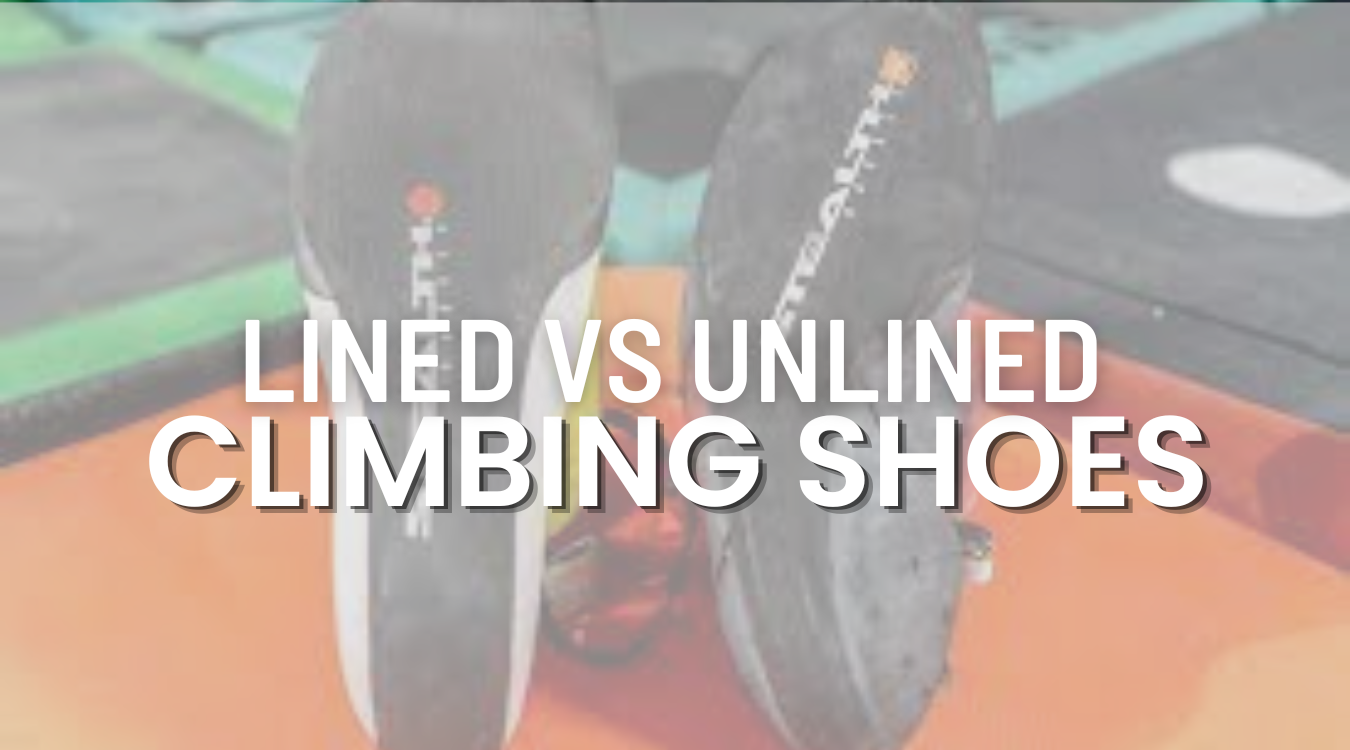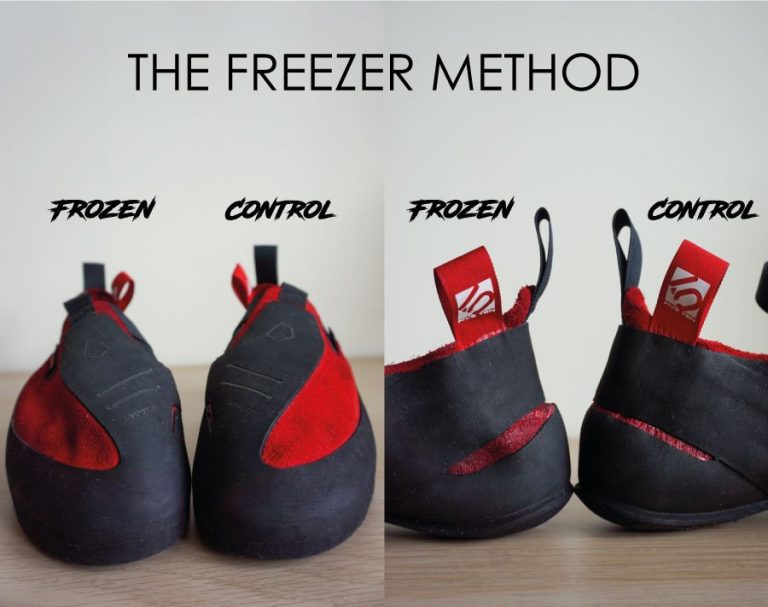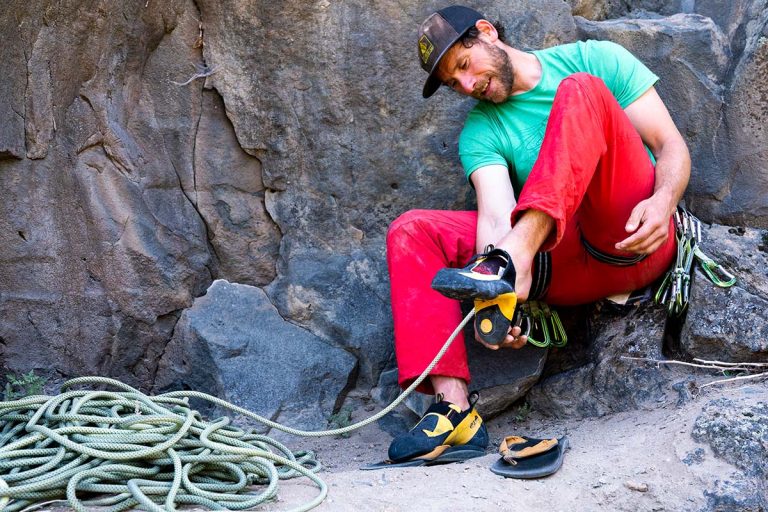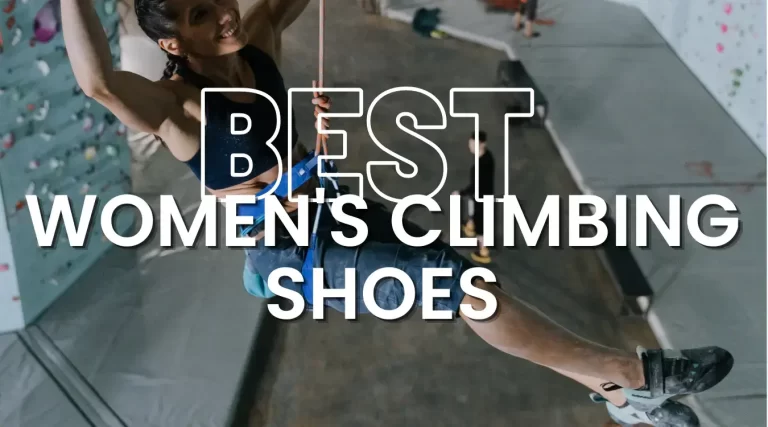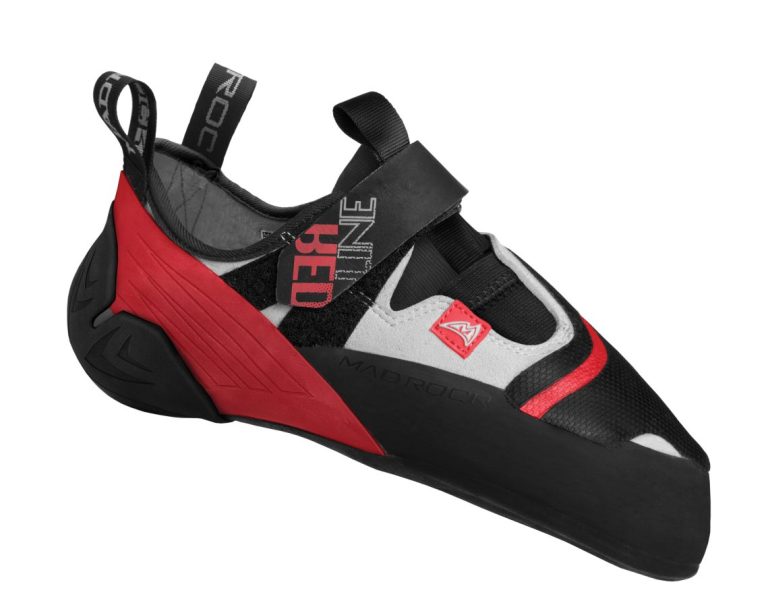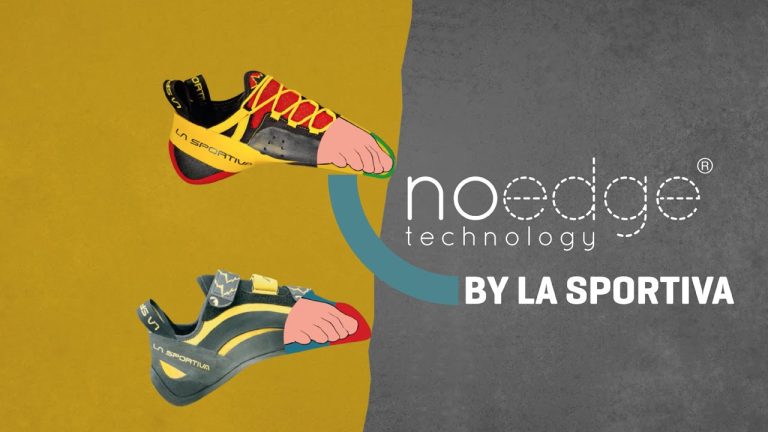Lined vs Unlined Climbing Shoes
Introduction to Climbing Shoes
Climbing is an exhilarating and challenging sport that requires the right gear to ensure safety, performance, and comfort. One of the most important pieces of equipment in a climber’s arsenal is their climbing shoes. These shoes are specifically designed to provide traction and support on various surfaces, making it easier for climbers to navigate through difficult routes.
Types of Climbing Shoes
There are several types of climbing shoes to choose from, each with its own set of features and benefits. In this article, we will be focusing on two main categories: lined and unlined climbing shoes.
Lined Climbing Shoes
Lined climbing shoes have a thin layer of fabric or synthetic material on the inside, which provides additional comfort and protection. This lining can help reduce friction between your foot and the shoe, as well as help to manage moisture and odor.
Unlined Climbing Shoes
Unlined climbing shoes, on the other hand, do not have this additional layer of fabric. Instead, they are made of a single layer of material, often leather, which allows for a closer and more sensitive connection between the climber’s foot and the climbing surface.
Comparing Lined and Unlined Climbing Shoes
Now that we’ve defined the two categories, let’s compare lined and unlined climbing shoes in terms of comfort, sensitivity, durability, stretch, and odor resistance.
Comfort
Lined climbing shoes are generally considered to be more comfortable due to their added cushioning and moisture management properties. However, some climbers might find unlined shoes more comfortable due to their closer fit and increased sensitivity.
Sensitivity
Unlined climbing shoes provide a greater level of sensitivity, as the lack of lining allows for more direct contact with the rock or climbing surface. This can give climbers a better feel for the holds and improve their overall technique. However, the increased sensitivity can also lead to more discomfort for some climbers, especially on longer climbs or when climbing on rough surfaces.
Durability
Lined climbing shoes are typically more durable than their unlined counterparts, as the lining provides an additional layer of protection against wear and tear. However, this added durability can come at the cost of decreased sensitivity.
Stretch
Unlined climbing shoes, especially those made from leather, tend to stretch more over time than lined shoes. This means that unlined shoes may require a break-in period and could eventually become too loose. Lined shoes, on the other hand, maintain their shape better over time and are less likely to become overly stretched out.
Odor Resistance
Lined climbing shoes are generally better at managing odor, as the lining helps to wick away moisture and reduce the buildup of bacteria. Unlined shoes, particularly those made from leather, are more prone to developing odors due to the lack of moisture management.
Choosing the Right Climbing Shoe
When it comes to selecting the perfect climbing shoe, there are several factors to consider, including climbing discipline, personal preference, and fit.
Climbing Discipline
Different climbing disciplines may require different types of shoes. For instance, bouldering and sport climbing often demand more aggressive, downturned shoes for better performance on steep routes. In these cases, the increased sensitivity of unlined shoes might be beneficial. On the other hand, trad climbing and multi-pitch routes often call for more comfortable and supportive shoes, making lined shoes a more suitable choice.
Personal Preference
Ultimately, the choice between lined and unlined climbing shoes comes down to personal preference. Some climbers might prioritize comfort and durability, while others may value sensitivity and a closer connection to the rock. It’s essential to try on various shoes and assess how each type feels on your feet before making a decision.
Fit
Proper fit is crucial when selecting climbing shoes. A shoe that is too loose may compromise performance and increase the risk of injury, while a shoe that is too tight can cause discomfort and reduce circulation. When trying on climbing shoes, consider both the initial fit and the potential for the shoe to stretch over time, especially with unlined leather shoes.
Conclusion
Lined and unlined climbing shoes each have their own set of advantages and drawbacks. Lined shoes tend to offer better comfort, durability, and odor resistance, while unlined shoes provide increased sensitivity and a closer connection to the climbing surface. Ultimately, the decision between lined and unlined climbing shoes depends on your personal preferences, climbing discipline, and the importance of a proper fit. By considering these factors, you can find the perfect pair of climbing shoes to help you reach new heights in your climbing journey.
FAQs
- Can I switch between lined and unlined shoes for different climbing disciplines?Yes, many climbers own multiple pairs of shoes for different climbing disciplines. It’s common to use lined shoes for trad climbing or multi-pitch routes and unlined shoes for bouldering and sport climbing.
- How do I care for my lined and unlined climbing shoes?To extend the life of your climbing shoes, always let them air dry after use and avoid exposing them to direct sunlight or extreme heat. For lined shoes, you can use a gentle shoe cleaner to remove dirt and odor. Unlined leather shoes may require a leather-specific cleaner and conditioner to maintain their quality.
- How often should I replace my climbing shoes?The lifespan of climbing shoes varies depending on factors like usage, shoe construction, and climbing style. Generally, shoes should be replaced when the rubber becomes too thin, the shoe loses its shape, or the fit becomes too loose.
- Can I resole my lined or unlined climbing shoes?Yes, many climbing shoes can be resoled to extend their lifespan. However, not all shoes are suitable for resoling, and the process can sometimes alter the fit or performance of the shoe.
- Is there a significant price difference between lined and unlined climbing shoes?The price of climbing shoes is mainly determined by the brand, materials, and construction quality. Both lined and unlined shoes can be found across a wide range of price points, so your choice should be based on personal preferences and needs rather than cost alone.
